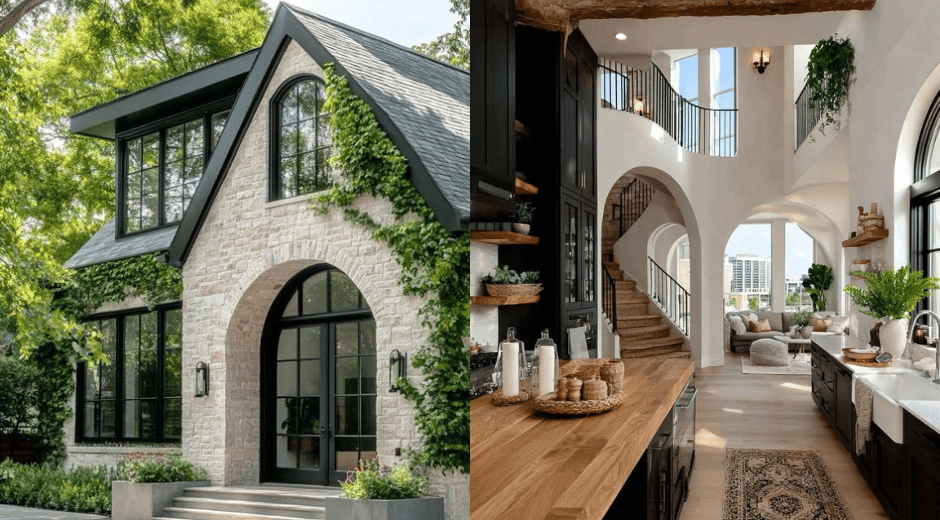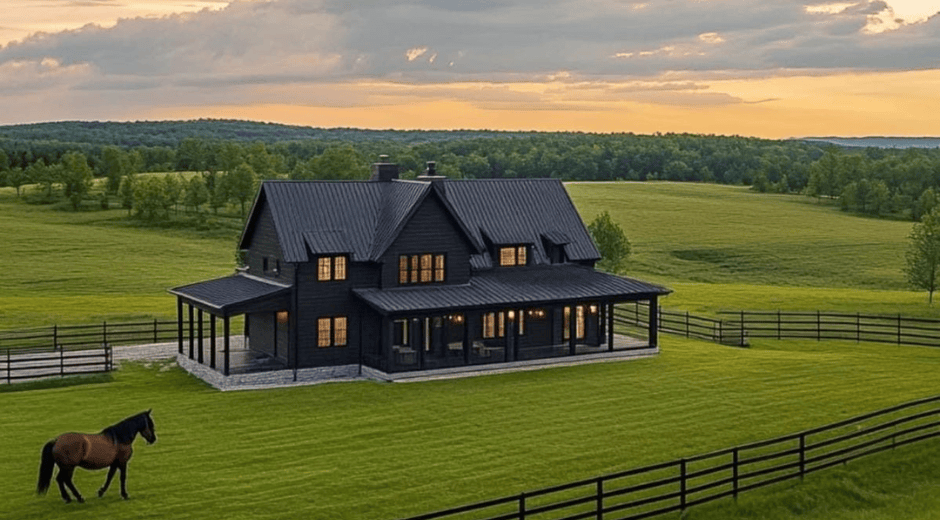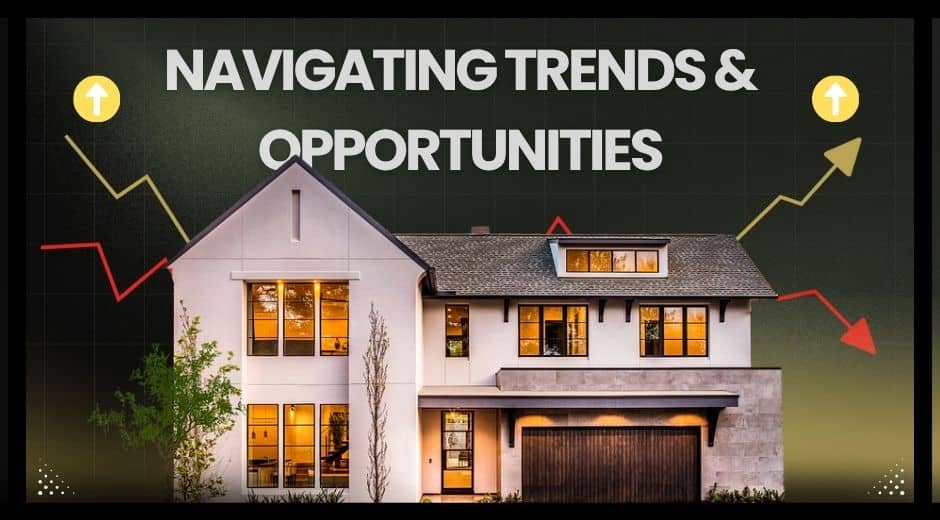How Housing Demand Shapes Modern Real Estate Trends
The real estate market has always reflected the pulse of society, responding to demographic changes, economic shifts, and lifestyle transformations. In recent years, housing demand has become one of the most powerful forces shaping how cities expand, how investors act, and how people define the concept of home. Understanding what drives this demand and how it influences market dynamics is essential for anyone looking to buy, sell, or invest strategically.
Understanding the Core of Housing Demand
At its simplest, housing demand represents the desire and ability of people to purchase or rent homes. But beneath that definition lies a complex mix of social, financial, and emotional factors. From interest rates and job stability to migration trends and personal aspirations, every variable contributes to how people approach the housing market.
When the demand for homes exceeds the available supply, prices rise. When demand falls, so do property values. This ebb and flow creates the foundation for the real estate cycles that developers, agents, and homeowners must learn to navigate.
Economic Growth and Its Ripple Effect
Strong economies often spark greater housing demand as employment levels and consumer confidence rise. More people feel secure enough to invest in property, leading to an increase in both residential and commercial projects. Conversely, during economic downturns, buyers often delay purchases, waiting for stability.
According to Forbes Real Estate Council, economic confidence and job creation have a direct link to housing activity, particularly in metropolitan areas where employment opportunities attract younger professionals and families.
Urbanization and Migration Patterns
One of the key modern drivers of housing demand is urban migration. As people move toward cities seeking better work and lifestyle opportunities, urban housing markets experience higher pressure. However, post-pandemic patterns show a subtle reversal, with many individuals moving toward suburban and rural areas for more space and a better work-life balance.
This shift doesn’t necessarily reduce overall demand—it simply redistributes it. Developers now focus on smaller cities with growing populations, expanding the reach of the housing market beyond traditional hubs.
Technology’s Role in Influencing Demand
Technology now influences housing demand in ways never seen before. Remote work, online home listings, and virtual tours have all changed how and where people choose to live. The rise of digital nomads, who can work from anywhere, has pushed demand in previously underappreciated regions.
Smart home technology, too, plays a role. Buyers increasingly prioritize properties equipped with efficient energy systems, security automation, and modern connectivity. This growing tech awareness drives both demand and property value.
Affordability: The Ongoing Challenge
Affordability remains one of the most pressing issues influencing housing demand worldwide. When home prices rise faster than wages, potential buyers are forced to rent longer, reshaping entire markets.
Cities like London, Toronto, and New York illustrate this phenomenon, where even middle-income earners struggle to enter the housing ladder. Governments and private sectors now seek solutions like affordable housing programs, modular construction, and rent-to-own models to bridge the gap.
For a deeper breakdown of affordability indexes and government responses, visit Techtazz.
Investment Behavior and Market Psychology
Investors also shape housing demand. When real estate is seen as a safe investment, more capital flows into the sector. This can lead to speculative buying, where investors purchase properties not for living, but for profit.
However, this behavior can tighten supply and drive prices higher for actual residents. Balancing investment with housing accessibility is now one of the biggest debates in urban economics.
Demographics and Generational Shifts
The generational transition from baby boomers to millennials and Gen Z buyers is transforming housing demand in new ways. Younger generations prioritize flexibility, sustainability, and connectivity over traditional luxury. They’re also more likely to seek multi-functional living spaces rather than large, suburban homes.
This evolving mindset forces developers and architects to innovate—creating spaces that cater to modern needs such as remote work zones, communal areas, and energy-efficient solutions.
Government Policy and Market Regulation
Policies on taxation, interest rates, and land use significantly affect housing demand. Lower mortgage rates can trigger a buying rush, while higher property taxes can cool enthusiasm. Zoning regulations also determine where and how new developments can occur, directly influencing supply and therefore demand.
For example, some European countries have introduced incentives for green buildings and tax cuts for first-time buyers, aiming to balance sustainability with accessibility.
How MetroPropertyHomes Sees It
At MetroPropertyHomes, the focus is on helping readers understand how housing demand trends translate into real opportunities. Whether you’re analyzing a local suburb’s growth potential or evaluating an international real estate investment, staying aware of demand drivers helps make better, future-proof decisions.
Learn more through our detailed Market Insights on MetroPropertyHomes, where we track current shifts, design innovations, and investment forecasts.
The Road Ahead: Predicting Tomorrow’s Demand
As we move further into the 2030s, demographic growth, sustainability goals, and AI-driven analytics will redefine housing demand once again. Predictive models will help investors and governments allocate resources efficiently, and communities will increasingly value adaptability over extravagance.
The future of housing will depend not only on how many homes we build, but how well they respond to human needs and environmental realities. Understanding the dynamics of housing demand today is the first step toward creating smarter, more livable spaces for tomorrow.
Easy steps to Luxury

Space Flow: How Seamless Design Shapes Modern Homes
Discover how space flow transforms interior design by enhancing comfort, connection, and functionality in modern living environments.

Property Value: Key Factors That Influence Real Estate Prices
Discover the main factors that determine property value and learn how market trends, location, and design choices impact real estate prices.

Modern Elegance: Redefining Luxury Living in Contemporary
Discover how modern elegance transforms luxury living with refined simplicity, timeless design, and sophisticated comfort for today’s homeowners.













